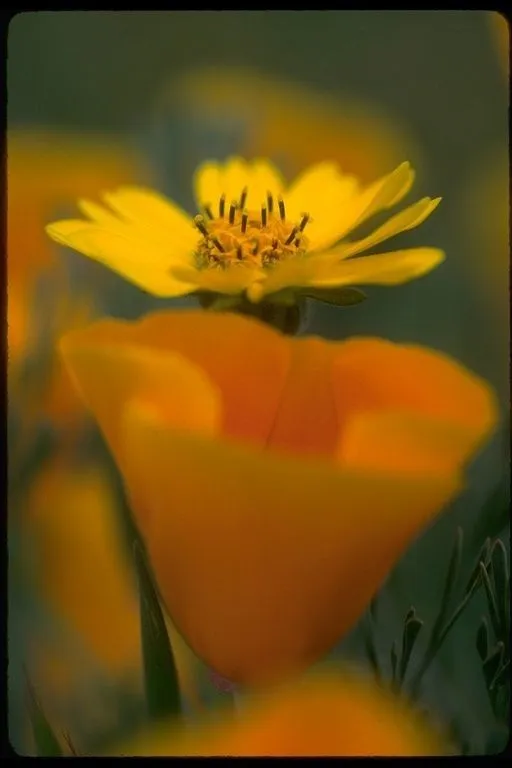
Author: Hook. & Arn.
Bibliography: Bot. Beechey Voy. 8: 358 (1839)
Year: 1839
Status: accepted
Rank: species
Genus: Layia
Vegetable: False
Observations: W. & WC. U.S.A. to Mexico (Baja California Norte)
White layia, scientifically known as Layia glandulosa, stands out as a captivating member of the Asteraceae family. This plant, first described in 1839 in the Botany of Beechey’s Voyage by Hooker and Arnott, thrives across various regions in the western and west-central parts of the United States, extending its natural habitat into Mexico’s Baja California Norte.
White layia is notably adapted to the diverse climates and terrains found within this geographical range. The plant’s distinctive characteristics contribute to its appeal and make it an interesting subject of study in botany and horticulture alike.
Belonging to the diverse and ecologically significant Asteraceae family, known commonly as the daisy family, white layia shares common features with its relatives, such as flowering heads composed of both disc and ray florets. These flowers are typically white, adding a delicate and classic touch to the plant’s overall appearance.
The natural range of Layia glandulosa, spanning from the western regions of the United States down to Baja California Norte, suggests its resilience and adaptability to various environmental conditions. This wide range indicates the plant’s ability to thrive in different soil types and climates, from coastal areas to more arid inland regions.
In cultivating white layia for gardens or natural landscapes, its preferences for specific growing conditions should be considered, including its sunlight and watering needs. Understanding these requirements can help gardeners foster a healthy environment for the plant to flourish.
Studying the white layia not only enriches our knowledge of the Asteraceae family but also highlights the intricate relationships between plants and their habitats, as well as the importance of conserving these natural landscapes. Layia glandulosa’s presence across such a broad area underscores the interconnectedness of plant biology, ecology, and environmental stewardship.
Eng: white layia, whitedaisy tidytips, glandular layia, white daisy tidy-tips, white tidy-tips
En: White layia, Glandular Layia, Whitedaisy Tidy Tips, White tidytips, Whitedaisy tidytips, White daisy tidy-tips, White tidy-tips
Taken Mar 15, 2005 by EOL − Jo-Ann Ordano (cc-by-nc-sa)
Taken Mar 15, 2005 by EOL − Jo-Ann Ordano (cc-by-nc-sa)
Taken Nov 19, 2009 by EOL − Gerald and Buff Corsi (cc-by-nc-sa)
Taken Oct 8, 2009 by EOL − Gerald and Buff Corsi (cc-by-nc-sa)
Taken Jun 28, 2006 by EOL − Steve Matson (cc-by-nc)
© copyright of the Board of Trustees of the Royal Botanic Gardens, Kew.
Growth habit>: Forb/herb
Family: Myrtaceae Author: (F.Muell.) K.D.Hill & L.A.S.Johnson Bibliography: Telopea 6: 402 (1995) Year: 1995 Status:…
Family: Rubiaceae Author: Pierre ex A.Froehner Bibliography: Notizbl. Bot. Gart. Berlin-Dahlem 1: 237 (1897) Year:…
Family: Sapindaceae Author: Koidz. Bibliography: J. Coll. Sci. Imp. Univ. Tokyo 32(1): 38 (1911) Year:…
Family: Asteraceae Author: A.Gray Bibliography: Pacif. Railr. Rep.: 107 (1857) Year: 1857 Status: accepted Rank:…
Family: Fabaceae Author: Medik. Bibliography: Vorles. Churpfälz. Phys.-Ökon. Ges. 2: 398 (1787) Year: 1787 Status:…
Family: Aspleniaceae Author: (Cav.) Alston Bibliography: Bull. Misc. Inform. Kew 1932: 309 (1932) Year: 1932…